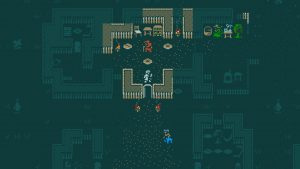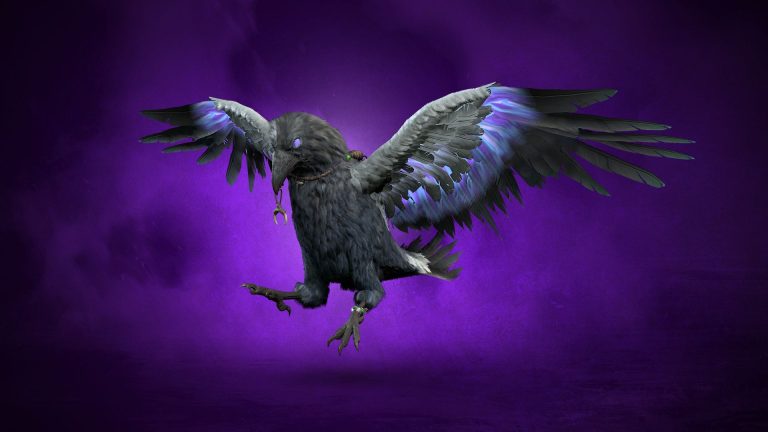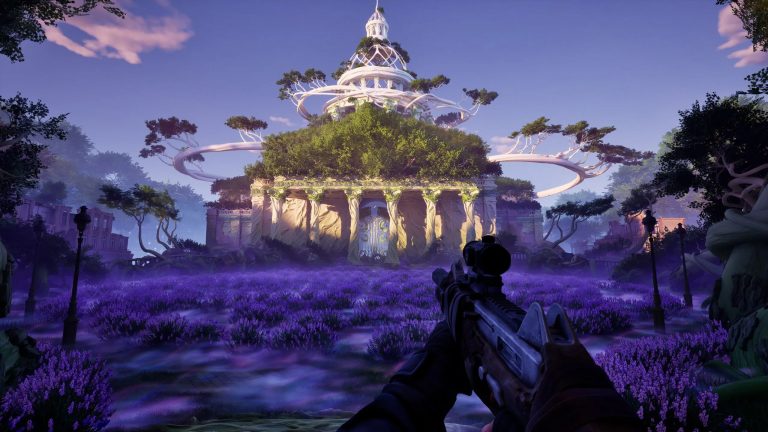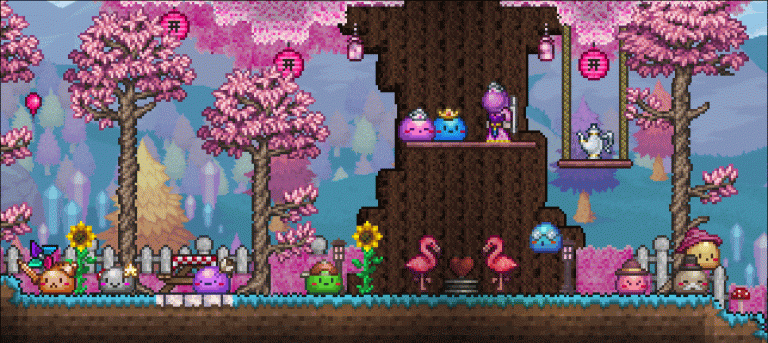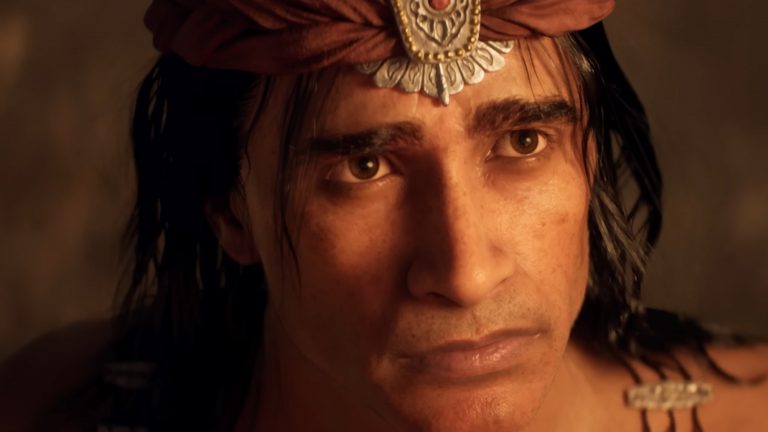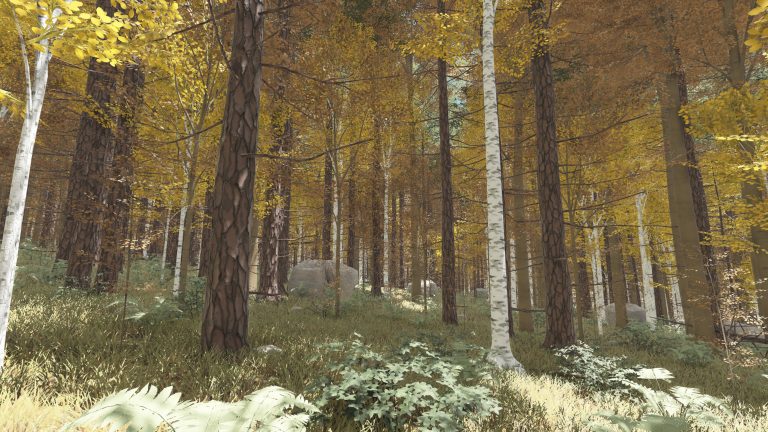The Elder Scrolls series is a beloved franchise that has captivated gamers for decades with its rich lore, expansive worlds, and immersive gameplay. If you’re new to the series, you might be wondering where to start: “The Elder Scrolls III: Morrowind” or “The Elder Scrolls IV: Oblivion.” Both games offer unique experiences, but they cater to slightly different tastes and preferences. Let’s dive into what each game has to offer and help you decide which one to tackle first.
The Elder Scrolls III: Morrowind
Release Year: 2002
Setting: The island of Vvardenfell in the province of Morrowind
What Makes Morrowind Special?
“Morrowind” is renowned for its unique, alien landscape and deep, intricate lore. The game’s setting, Vvardenfell, is unlike any other in the series, featuring mushroom forests, volcanic landscapes, and strange, otherworldly creatures. The lore is rich and detailed, offering a deep dive into the culture and history of the Dunmer (Dark Elves).
Vvardenfell is a land full of ancient ruins, mystical creatures, and a rich tapestry of political intrigue. The distinct atmosphere sets Morrowind apart from other fantasy games, immersing players in an exotic and mysterious world. Every corner of the map reveals new stories, artifacts, and challenges, making exploration a key aspect of the game.
The cultural depth in Morrowind is also unparalleled. The game delves into the customs, history, and conflicts of the Dunmer people, providing a narrative experience that feels both authentic and immersive. This level of detail enriches the gameplay experience, encouraging players to engage with the world on a deeper level.
Gameplay
Morrowind is known for its complex systems and less hand-holding approach. The game features a detailed magic system, faction reputation mechanics, and a more open-ended quest structure. This complexity can be a double-edged sword; while it offers depth and immersion, it can also be daunting for newcomers.
The magic system in Morrowind is particularly intricate, allowing for a high degree of customization. Players can create their own spells, combining different effects to suit their playstyle. This level of customization extends to other areas of the game as well, such as alchemy and enchanting, providing a rich, player-driven experience.
Faction reputation plays a significant role in Morrowind, with various guilds and houses offering unique quests and rewards. Your actions and decisions impact your standing with these factions, adding a layer of strategic decision-making. This system encourages players to think carefully about their choices, as they navigate the complex political landscape of Vvardenfell.
Graphics
As a game released in 2002, Morrowind’s graphics are dated compared to modern standards. However, the game’s artistic design and atmosphere are often praised, and a strong modding community has significantly enhanced its visuals and gameplay over the years.
The original graphics, though limited by the technology of the time, have a distinct charm that contributes to the game’s unique atmosphere. The stylized art direction helps to convey the alien nature of Vvardenfell, with its towering mushrooms, volcanic landscapes, and intricate architecture.
The modding community has breathed new life into Morrowind, with countless mods available to improve the game’s visuals and mechanics. These mods range from high-resolution texture packs and lighting enhancements to complete overhauls of the game’s systems. By installing these mods, players can enjoy a more modern and polished experience while retaining the core essence of Morrowind.
Story
The main quest of Morrowind is deeply engaging, revolving around the prophecy of the Nerevarine and the threat posed by the god-like being Dagoth Ur. The story is enriched by numerous interconnected side quests that explore the political and cultural complexities of Vvardenfell.
The prophecy of the Nerevarine, a reincarnated hero destined to save Morrowind, serves as the central narrative thread. This storyline is filled with twists and turns, as players uncover ancient secrets and confront powerful enemies. The depth of the main quest ensures that players remain engaged and invested in the outcome.
In addition to the main quest, Morrowind offers a wealth of side quests that flesh out the world and its inhabitants. These quests often delve into the history and politics of Vvardenfell, providing a richer understanding of the game’s setting. From investigating the mysterious Sixth House cult to resolving disputes between rival factions, players will find no shortage of intriguing challenges.
The interconnected nature of the quests in Morrowind adds to the sense of immersion, as actions in one quest can have repercussions in others. This web of relationships and consequences creates a dynamic and living world, where players’ choices truly matter.
The Elder Scrolls IV: Oblivion
Release Year: 2006
Setting: The province of Cyrodiil
What Makes Oblivion Special?
“Oblivion” offers a more traditional fantasy landscape compared to Morrowind. Set in the heartland of the Empire, Cyrodiil features lush forests, rolling plains, and grand cities. The game’s setting is more familiar to those accustomed to classic medieval fantasy environments, providing a stark contrast to the alien landscapes of Morrowind.
Cyrodiil’s diverse biomes and rich environment design make exploration enjoyable and visually rewarding. Players can traverse verdant forests, scale snow-capped mountains, and explore ancient ruins, each with its own unique aesthetic. The game world is filled with detailed environments that bring the province of Cyrodiil to life.
The storyline of Oblivion revolves around the opening of Oblivion gates and the impending Daedric invasion, which provides a sense of urgency and high stakes throughout the game. This epic narrative drive creates a compelling experience, as players strive to save Tamriel from destruction.
Gameplay
Oblivion improves upon the combat system of its predecessor, offering more dynamic and user-friendly mechanics. The game is more accessible, with streamlined quest markers and a more intuitive interface. This makes it easier for players to dive into the world and enjoy the story without getting lost.
Combat in Oblivion is more action-oriented, with real-time swordplay, archery, and spellcasting that feel responsive and satisfying. The addition of blocking, dodging, and more fluid animations make the combat experience more engaging. This improvement makes the game more appealing to players who prefer a more direct and immediate approach to combat.
The quest system in Oblivion is designed to be more user-friendly, with clear markers and directions that guide players to their objectives. This reduces the potential frustration of getting lost or missing important quest steps, making it easier to stay immersed in the story. This streamlined approach helps keep the focus on exploration and adventure.
Oblivion also introduces a robust leveling system that scales enemies and loot to the player’s level. While this ensures a consistent challenge, it can sometimes lead to less rewarding exploration, as the sense of progression may feel less pronounced compared to Morrowind’s static world design. However, it does keep the game balanced and engaging throughout.
Graphics
Released four years after Morrowind, Oblivion boasts significant improvements in graphics and environmental detail. The character models and landscapes are more detailed and immersive, offering a visually pleasing experience. The improved graphics help to create a more realistic and believable world.
Oblivion’s use of advanced lighting, shadows, and weather effects adds to the atmospheric immersion, enhancing the overall aesthetic appeal. The dynamic day-night cycle and changing weather conditions make the world feel alive and responsive to the player’s actions.
The game’s artistic design, while more conventional than Morrowind’s, still features impressive architectural and environmental variety. From the grand imperial city to the eerie, otherworldly realms of Oblivion, each location is crafted with attention to detail that enhances the sense of adventure.
Story
The main quest of Oblivion is thrilling, involving the opening of Oblivion gates and the threat of a Daedric invasion. Players must find and crown the lost heir to the Imperial throne to save Tamriel from destruction. Alongside the main quest, numerous side quests and guild storylines offer hours of engaging content.
The central narrative focuses on the player’s efforts to thwart the plans of the Daedric prince Mehrunes Dagon, who seeks to merge his realm with Tamriel. This epic storyline drives the action, providing a strong sense of purpose and urgency as players navigate through various challenges.
Oblivion’s side quests and guilds offer a wealth of content that complements the main story. Players can join factions such as the Fighters Guild, Mages Guild, Thieves Guild, and the Dark Brotherhood, each with its own unique questlines and rewards. These guilds provide additional layers of storytelling and character development, enriching the overall experience.
The interconnectedness of the quests in Oblivion adds to the game’s depth, with decisions in one quest often influencing outcomes in others. This dynamic narrative structure encourages players to explore every corner of Cyrodiil and engage with its inhabitants, uncovering hidden stories and secrets along the way.
Morrowind vs Oblivion: Which Should You Play First?
Deciding which game to play first depends on your preferences and what you seek to get out of your gaming experience. Both “Morrowind” and “Oblivion” offer rich storytelling, immersive worlds, and unique gameplay mechanics. Your choice will shape your initial impression of The Elder Scrolls series and how you engage with its expansive lore and complex systems.
Story Continuity
While each game stands alone with its own story, playing “Morrowind” first provides a better understanding of the lore and context that leads into “Oblivion.” The two games are set in the same universe, and experiencing them in order can enhance your appreciation of the series’ development. Morrowind’s deep lore and intricate narratives lay a solid foundation that enriches the subsequent experience in Oblivion.
Morrowind sets the stage with its deep lore and complex history, introducing players to the intricacies of Dunmer culture, the prophecy of the Nerevarine, and the political dynamics of Vvardenfell. This depth of narrative provides a rich backdrop that makes the events in Oblivion more meaningful. By understanding the historical and cultural context established in Morrowind, players can appreciate the continuity and evolution of the series’ lore.
Furthermore, playing Morrowind first allows you to witness the progression of technological and narrative advancements in the series. As you move from Morrowind to Oblivion, you’ll notice improvements in graphics, gameplay mechanics, and storytelling techniques. This progression highlights the series’ growth and innovation, making your journey through Tamriel all the more rewarding.
Gameplay Preference
If you enjoy a more complex, lore-rich, and challenging experience, starting with “Morrowind” is recommended. The game’s depth and intricacy offer a rewarding experience for those willing to invest the time to master its systems. Morrowind’s less guided approach encourages exploration and discovery, making each achievement feel earned and each discovery significant.
Morrowind’s intricate systems, such as its detailed magic system, faction reputation mechanics, and open-ended quest structure, provide a depth that appeals to players who relish complexity. The game’s emphasis on player choice and consequence adds layers of strategic decision-making, making every action impactful. This level of depth can be highly satisfying for players who enjoy delving into the minutiae of game mechanics and world-building.
However, if you prefer more modern graphics and streamlined gameplay mechanics, “Oblivion” might be more enjoyable to start with. Oblivion’s accessible design, improved combat system, and user-friendly interface make it a great entry point for newcomers. The game’s quest markers and clear objectives reduce the potential for frustration, allowing you to focus on the rich narrative and immersive world without getting lost.
Historical Experience
Starting with “Morrowind” allows you to appreciate the evolution of The Elder Scrolls series and game development over time. Seeing how the series has progressed in terms of gameplay mechanics, graphics, and storytelling can be a rewarding experience. By playing Morrowind first, you gain insight into the series’ roots and can better understand the innovations introduced in Oblivion.
Witnessing the technological advancements from Morrowind to Oblivion is a fascinating journey in itself. Morrowind, with its dated graphics but unique artistic design, provides a glimpse into the early days of expansive open-world RPGs. The game’s atmospheric world, despite its graphical limitations, sets a high standard for immersion and environmental storytelling.
As you transition to Oblivion, the leap in graphical fidelity and gameplay polish becomes evident. Oblivion’s detailed environments, dynamic weather systems, and improved character models showcase the technological strides made by Bethesda. This progression highlights the series’ commitment to pushing the boundaries of what open-world RPGs can achieve, making your exploration of Tamriel even more compelling.
Morrowind vs Oblivion: Final Recommendation
For a comprehensive Elder Scrolls experience, start with “Morrowind.” Its unique setting, deep lore, and complex systems provide a rich introduction to the series. Once you’ve immersed yourself in Vvardenfell, move on to “Oblivion” to enjoy improved graphics and refined gameplay mechanics. Both games are masterpieces in their own right, and experiencing them in sequence will give you a deeper appreciation for the world of Tamriel.
Happy adventuring!
The post Morrowind or Oblivion First? A Guide for Elder Scrolls Newcomers appeared first on LitRPG Reads.

